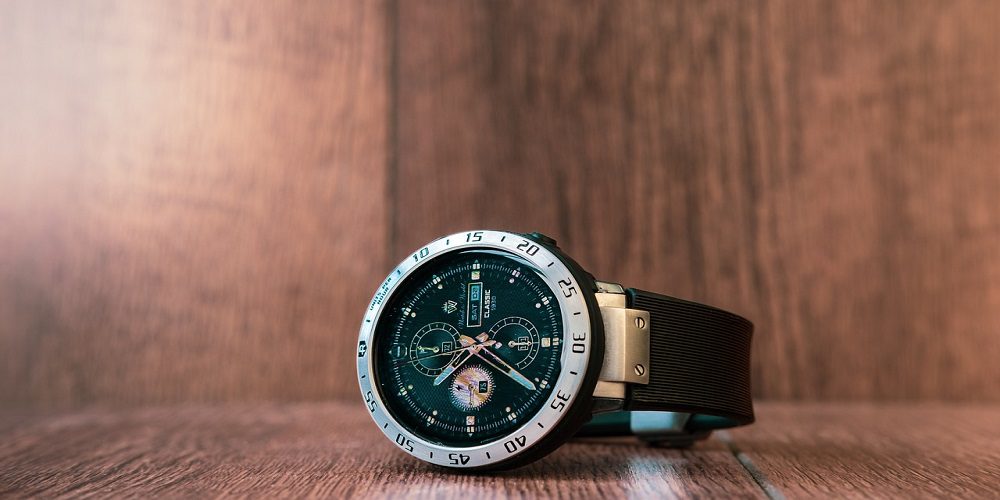Introduction
In a world where technology continually intertwines with every aspect of our lives, the realm of fashion and accessories has not been left untouched. The juxtaposition of tradition and innovation has given rise to an intriguing trend: smart jewelry. While traditional jewelry has adorned humanity for centuries, smart jewelry brings a modern twist to this age-old adornment. In this comprehensive exploration, we will delve into the distinctive features that set smart jewelry apart from its traditional counterparts, navigating the realms of design, functionality, and the ever-expanding intersection of fashion and technology.
Smart Jewelry vs. Traditional Jewelry
1. The Aesthetics of Elegance:
A. Traditional Jewelry: A Timeless Legacy
1. Craftsmanship and Materials
Traditional jewelry is renowned for its meticulous craftsmanship and the use of precious materials such as gold, silver, and gemstones. The intricate designs and attention to detail make each piece a unique work of art, often passed down through generations.
2. Symbolism and Cultural Significance
Traditional jewelry is deeply embedded in cultural traditions and often carries significant meaning. From engagement rings to heirloom necklaces, these pieces tell stories that transcend time, connecting individuals to their heritage.
B. Smart Jewelry: The Fusion of Fashion and Technology
1. Minimalist Designs with Technological Flourishes
Smart jewelry, on the other hand, embraces minimalist designs, integrating technology seamlessly into its form. These pieces often feature clean lines and understated elegance, with technological components discreetly embedded to enhance functionality.
2. Personalization and customization
Smart jewelry offers a new dimension of personalization. With the ability to sync with smartphones and other devices, wearers can customize notifications, track health metrics, and even change the color of LED lights, allowing for a personalized and dynamic user experience.
2. Functionality Beyond Ornamentation:
A. Traditional Jewelry: Ornamental Elegance
1. Adornment and status
Historically, traditional jewelry has been a symbol of wealth, status, and social standing. It serves primarily as an ornamental accessory, accentuating the wearer’s beauty and enhancing their overall appearance.
2. Limited functional features
While traditional jewelry is undeniably beautiful, its functionality is limited to its aesthetic appeal. These pieces are designed to be worn and admired, rather than to serve practical purposes beyond their ornamental value.
B. Smart Jewelry: The Fusion of Fashion and Functionality
1. Health and fitness tracking
One of the key differentiators of smart jewelry is its integration of health and fitness tracking capabilities. From monitoring heart rate to counting steps, these pieces empower wearers to seamlessly incorporate technology into their daily lives.
2. Connectivity and Notifications
Smart jewelry serves as an extension of our digital lives, providing discreet notifications for calls, messages, and other alerts. This connectivity ensures that wearers stay informed and connected without the need to constantly check their phones.
3. Embracing the Future: The Technological Landscape:
A. Traditional Jewelry: Time-Honored Craftsmanship
1. Handcrafted vs. mass production
Traditional jewelry is often handcrafted, emphasizing the skill and expertise of artisans. Each piece is a testament to the time-honored traditions passed down through generations, contributing to its enduring allure.
2. Limited technological integration
While some traditional jewelers may incorporate modern tools for precision, the essence of traditional jewelry lies in the artisan’s ability to create timeless pieces without heavy reliance on technology.
B. Smart Jewelry: The Integration of Cutting-Edge Technology
1. Internet of Things (IoT) Integration
Smart jewelry is at the forefront of the Internet of Things (IoT) revolution. By seamlessly connecting with other devices, these accessories contribute to the growing ecosystem of interconnected technology, offering wearers a more integrated and efficient lifestyle.
2. Continuous Innovation
The world of technology evolves rapidly, and smart jewelry manufacturers continually innovate to stay ahead. From incorporating AI-driven features to exploring sustainable materials, the landscape of smart jewelry is dynamic and responsive to the ever-changing demands of the modern consumer.
Conclusion
As we traverse the landscapes of tradition and innovation, it becomes evident that both smart jewelry and traditional jewelry hold unique places in the hearts and wardrobes of individuals worldwide. Traditional jewelry, with its timeless elegance and cultural significance, tells stories of the past and carries forward cherished legacies. In contrast, smart jewelry pioneers a new era, seamlessly integrating technology into our daily lives and redefining the boundaries of fashion and functionality.
Whether one chooses the rich heritage of traditional jewelry or embraces the futuristic allure of smart jewelry, the evolving world of accessories offers a diverse range of options, catering to the multifaceted needs and preferences of a modern, tech-savvy audience. As we celebrate the coexistence of these two worlds, it’s clear that the future of jewelry is not just about adornment or functionality but the harmonious fusion of both, creating a unique and personalized experience for each wearer.





























